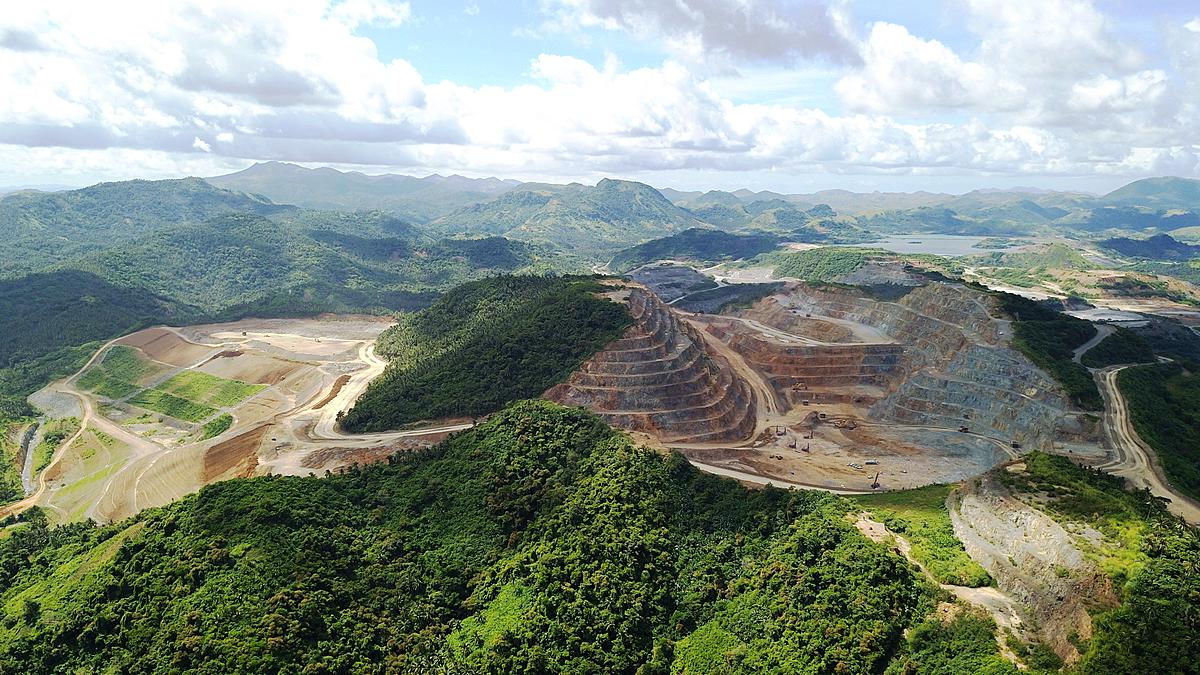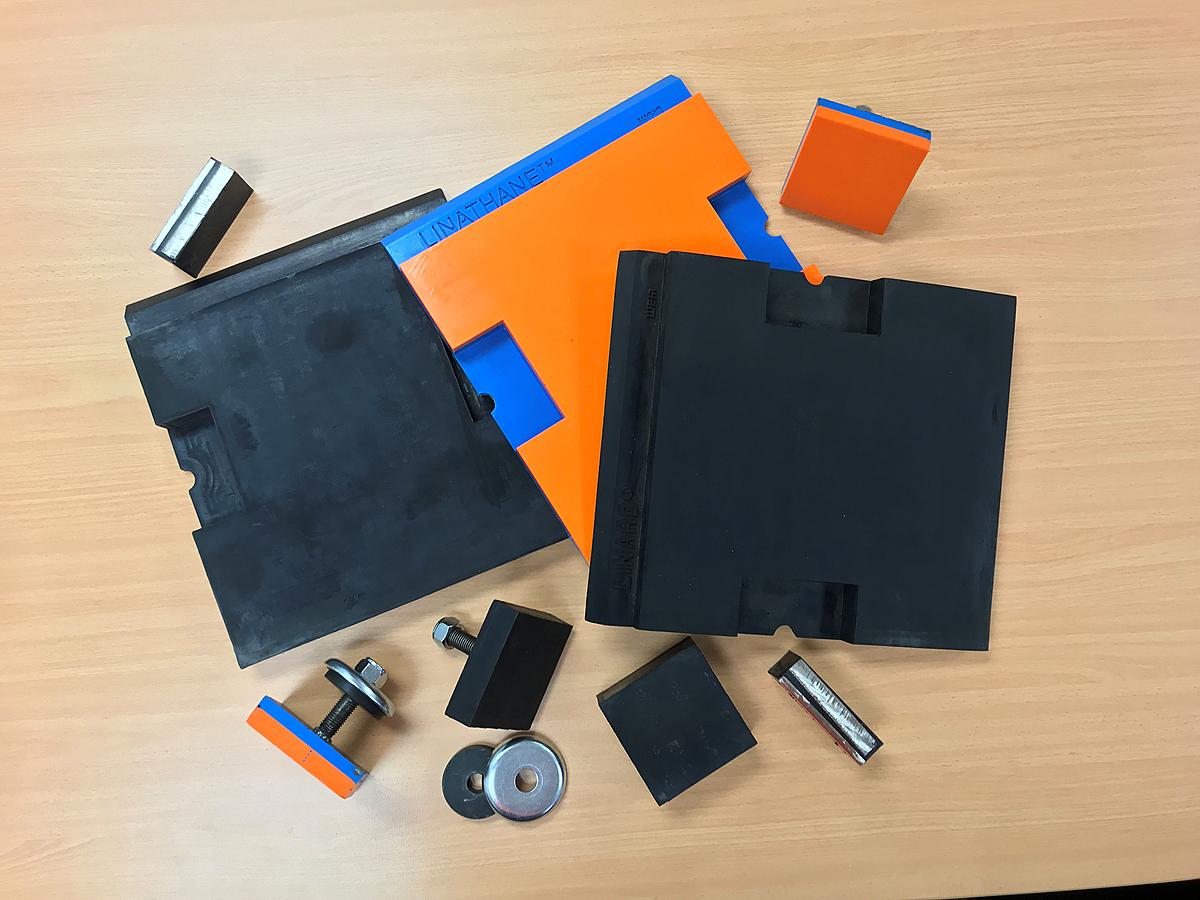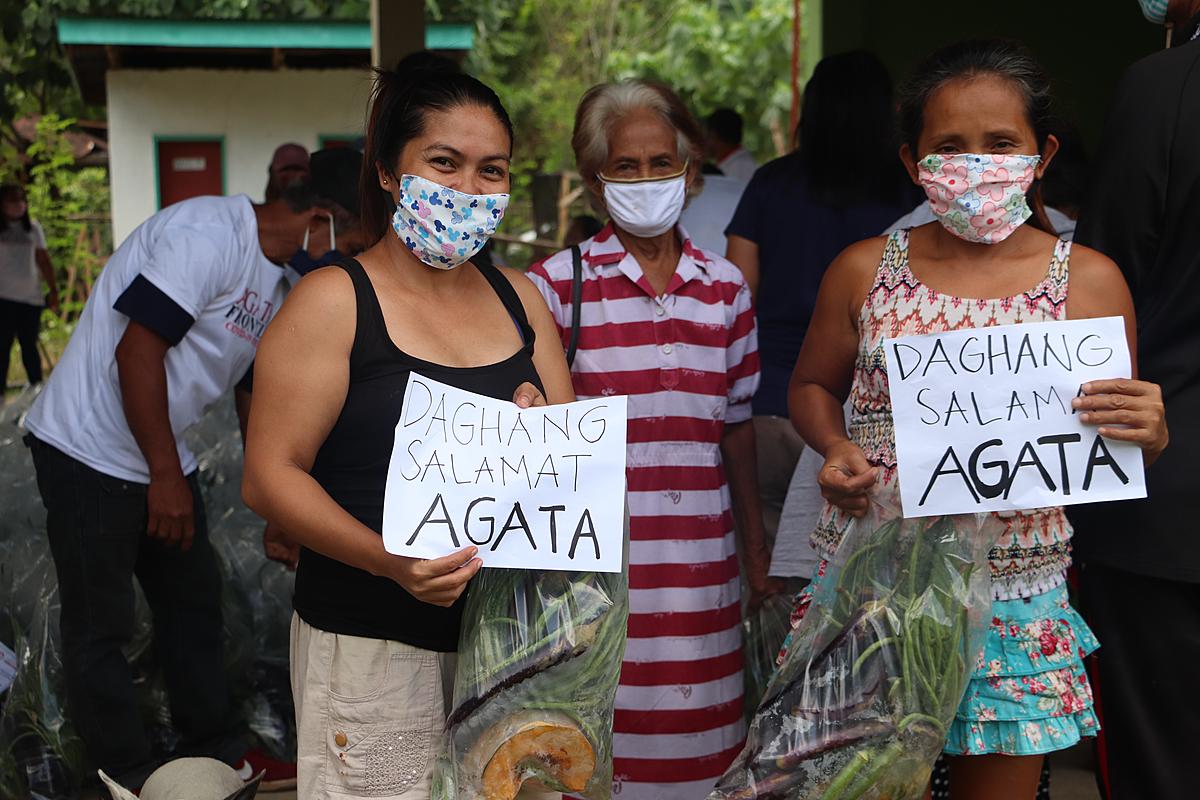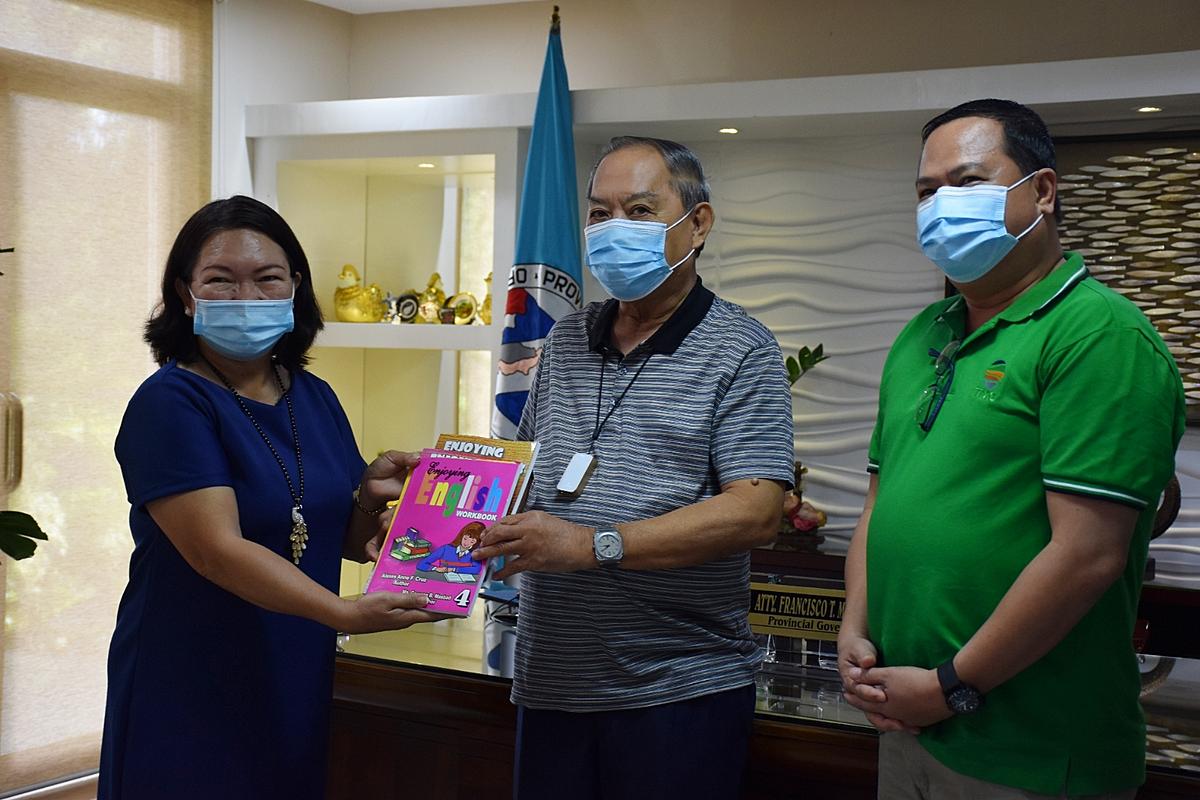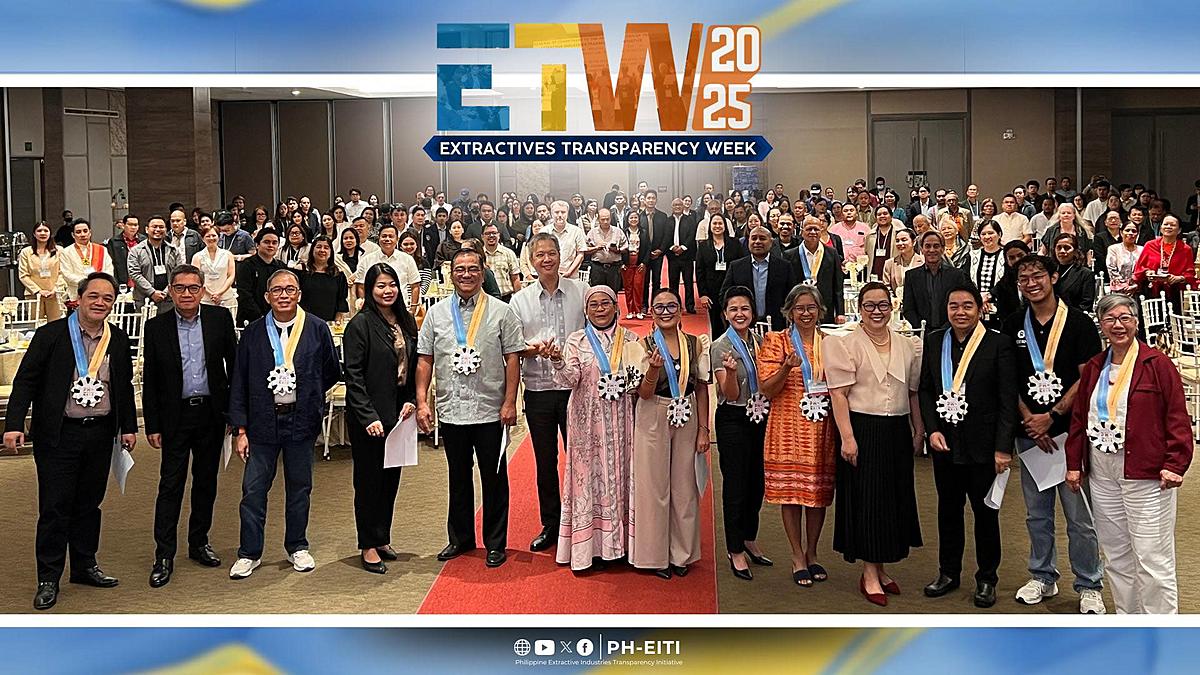No business, no industry sector has been left unscathed by the worldwide coronavirus pandemic, nearly a year since the COVID-19 disease was first detected in China -- and that includes mining. A recent report said that in the Philippines, as many as 138,000 jobs in the mining sector were lost during the pandemic, according to Mines and Geosciences Bureau (MGB) Director Wilfredo Moncano.
Despite that, Moncano revealed that his bureau is seeking the approval of President Rodrigo Duterte for a mining sector program, with specific recommendations on how the extractive industries could help the economy recover from the pandemic-triggered recession. What the MGB is proposing, he said, is for the Duterte administration to allow the potential of the mining industry to help the economy recover, as the bureau submitted its sector program to the Office of the President and the Department of Environment and Natural Resources, its parent agency. Asked to provide a gist of the program, Moncano told the Manila Bulletin: “It will be premature to trumpet its content when it has not yet been seen by the addressee.” “Safe to say that the mining sector proposed and believes that the mining industry sector can help during these times that there is a serious drop in economic activity because of the pandemic,” he added, noting that the memo contains recommendations from the mining sector. By now, the benefits of responsible mining are no mystery to Filipinos, as the industry has faithfully trumpeted its positive effects to the economy over the years – and especially now that the country will need every bit of reinforcement to get back to pre-pandemic levels. Businessman and columnist Peter Wallace laid out these benefits in his recent article for the Philippine Daily Inquirer. His point, at the end of his column, was: “Mining is one way to give Filipinos jobs and make some money for the government.” Wallace mentioned the following: “Large-scale mines employ lots of people. A responsible miner provides jobs for people who had none.” Of the jobs lost by the mining sector this year, MGB’s Moncano said this does not include the jobs lost from the small-scale mining industry. “Similar to other industries, the mining sector lost export production values, taxes not raised, employment losses, undelivered supplies, among others, for the three months that the mining companies were prevented from operating,” Moncano told the Bulletin. While they have been allowed to resume work now, mining companies “have to bear the strict health protocols issued by the IATF [Inter-Agency Task Force on Emerging Infectious Diseases],” he added. Meanwhile, Wallace said: “In 2015, an estimated 236,000 Filipinos were working in mines. This had dropped to 184,000 by 2019. I am sure the 7.3 million Filipinos unemployed as of April 2020 (a record high currently), including the estimated 4.9 million Filipinos laid off by COVID-19, would welcome getting a decent income again. And the major mining companies do pay well, as pointed out by MGB.” “While estimates vary, it is conservatively estimated that for every job in the industry, about four indirect jobs may be generated in the upstream and downstream sectors. As in tourism, there is a substantial multiplier effect. These jobs include the mining’s forest and environmental protection and rehabilitation activities that large mining firms undertake.” In economics, a multiplier effect is defined “as a phenomenon whereby a given change in a particular input, such as government spending, causes a larger change in an output, such as gross domestic product.” Large-scale responsible mines bring wealth to rural communities “where it is most needed and develop those communities,” Wallace said. He noted that according to the MGB, the mining firms’ social development and management programs currently benefit more than 800 barangays (villages). “This is something we need during the pandemic, especially with the government needing to allocate funds to other poverty alleviation and public health services programs.”
A responsible miner builds rural roads. “Yes, the company uses them, but so does the community. They are local roads they never had,” Wallace said. A responsible miner “provides scholarships for deserving students, often builds a school, and establishes a clinic for all,” he said. Mines pay considerable taxes and boost a country’s international reserves through exports. “With the loss of tourists and OFW (Overseas Filipino Workers) income in decline (because they have been sent home from other COVID-afflicted countries), we need all the dollars we can get,” Wallace said. “In 2016, these companies paid P22.6 billion in taxes, fees, and royalties. In 2017, the excise tax was doubled to 4 percent of gross sales, so in 2018 the total government take increased to P31.3 billion,” he added. This can go up much more “if policy restrictions are removed,” Wallace noted. “Just three pending projects, if approved, can increase total government take by P13 billion per year and add P1.3 billion annually in social expenditures. That is money not to be sneezed at for an economy that is going to desperately need more funds to finance its anti-COVID-19 measures and social protection programs.” According to MGB’s Moncano, the estimated export revenue lost during the lockdown period so far was P14.1 billion. This is money that could have gone to funding for coronavirus vaccines, quarantine centers, face masks, shields and other personal protective equipment (PPEs), disinfectants and other tools used to fight the pandemic – many sectors, not just mining, have noted. Now if the country was able to fully tap into its mineral deposits -- worth an estimated US$1.4 trillion (Php.67.74 trillion), making the Philippines the fifth-most mineral-rich country in the world – the government and the people would have a lot more resources to use for its pandemic response. Wallace noted that because of slower annual growth, mining’s contribution to GDP (gross domestic product) has slid from nearly 0.8 percent in 2016 to 0.5 percent in 2019. “Its share would have grown steadily had mining been supported,” he said. Sadly, the columnist’s words are an old refrain. Seven years ago, renowned economist Bernardo Villegas said there is more to mining “than just tax revenues and export earnings.” As founder and director of the Center for Research and Communication and member of the University of Asia and Pacific, Villegas headed a study of all the country’s major industrial sectors, and it shows that the mining industry “makes a significant contribution, not just to the Philippine economy but also to the common good.” “The common good is not just the taxes paid by mining firms but employment generation, nurturing of small and medium scale industries through the multiplier effect, and the stimulation of consumption in the communities where various establishments, whatever they are, are located,” he said in a 2013 forum sponsored by the Chamber of Mines of the Philippines. Today, with the raging coronavirus disease collapsing big and small economies alike, it is obvious the Philippines needs a lot of common good – and, Inquirer’s Wallace notes, it would only take about 3 percent of Philippine land to be mined “if ALL potential mines were exploited. And it would never be ALL.” “All of this is conditioned on mining being responsibly done. This is the key and is critical, and recent rules enforce this,” he said. Thus, mining just might be the boon the Philippines needs to recover from the COVID-19 pandemic – if only the government would try.

